Tooth extraction is a common dental procedure that requires special care during recovery. Eating the right foods can speed up healing, reduce discomfort, and prevent complications. This article provides a detailed list of 50 soft foods that are safe to eat after tooth extraction, along with preparation tips, nutritional benefits, and meal ideas.
Recover faster after tooth extraction with these 50 Soft Foods to Eat After Tooth Extraction that are easy to eat and gentle on your gums. Find dentist-approved options for a smooth healing process and avoid discomfort while eating. Discover the best foods now!
Why Soft Foods Are Important After Tooth Extraction?
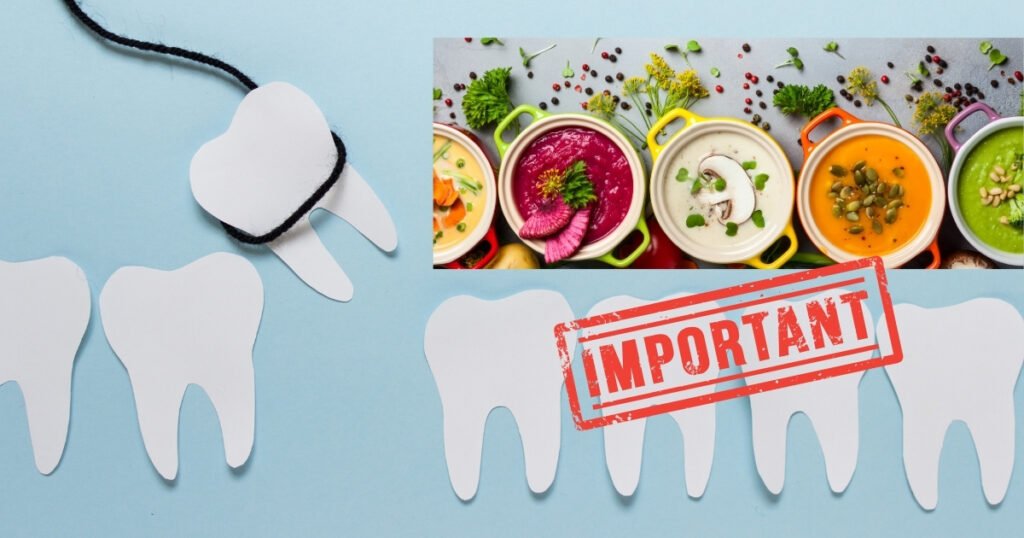
After a tooth extraction, the mouth is sensitive, and chewing hard or crunchy foods can irritate the wound, causing pain and delaying healing. Soft foods help by:
- Reducing strain on the extraction site
- Preventing irritation and infection
- Providing essential nutrients for faster recovery
- Ensuring hydration and comfort
Key Nutrients Needed for Fast Healing
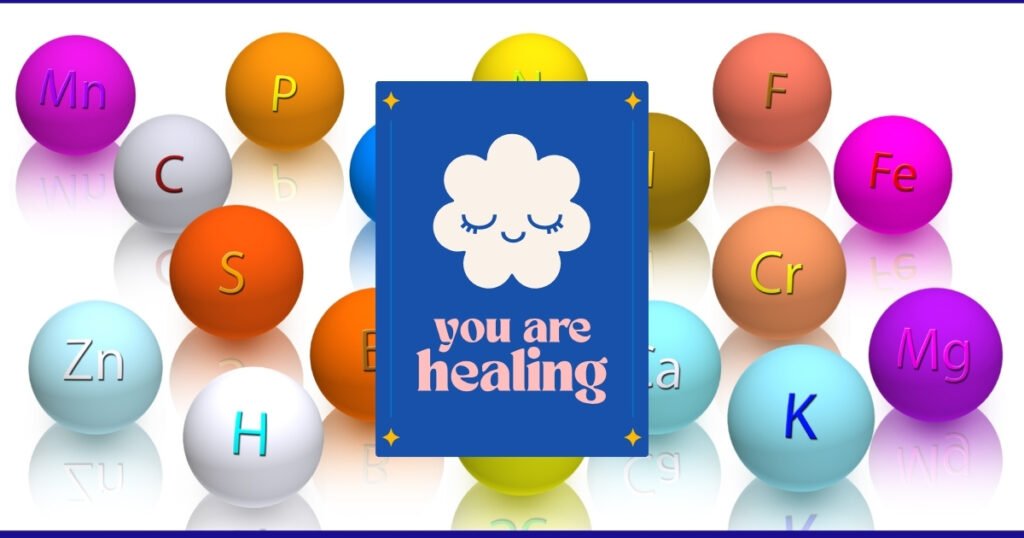
A balanced diet is crucial during the recovery phase. Here are the essential nutrients to focus on:
| Nutrient | Why It’s Important | Best Sources |
|---|---|---|
| Protein | Helps in tissue repair | Yogurt, eggs, soft cheese, tofu |
| Vitamin C | Boosts immune function and healing | Mashed fruits, smoothies, fruit puree |
| Calcium | Strengthens bones and teeth | Cottage cheese, milk, soft tofu |
| Iron | Supports blood production and healing | Mashed lentils, cooked spinach |
| Omega-3 Fatty Acids | Reduces inflammation and promotes healing | Mashed avocado, soft-cooked salmon |
| Zinc | Enhances wound healing | Soft nuts, yogurt, soft beans |
Top 50 Soft Foods to Eat After Tooth Extraction
Here is a comprehensive list of 50 soft foods, categorized for easy selection:
Dairy-Based Soft Foods
1.Yogurt
– A creamy, probiotic-rich food that supports digestion and healing. Eat it plain or blend it into smoothies. Choose unsweetened varieties for better health benefits. Refrigerate and serve cold for a soothing effect on sore gums.
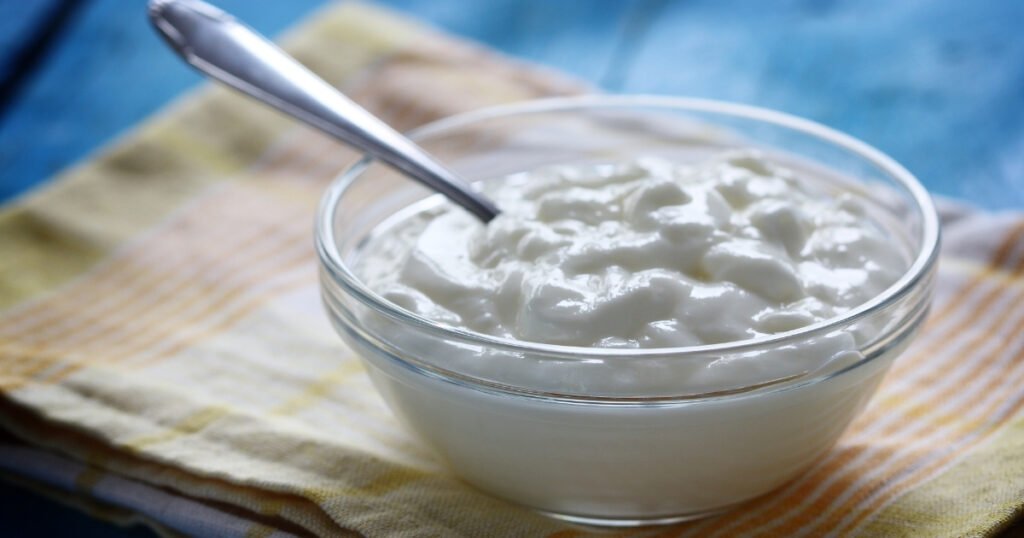
2. Cottage Cheese
– Soft, protein-rich, and easy to swallow. Eat it plain or mix it with mashed fruits like bananas for added flavor. For extra smoothness, blend it before eating.
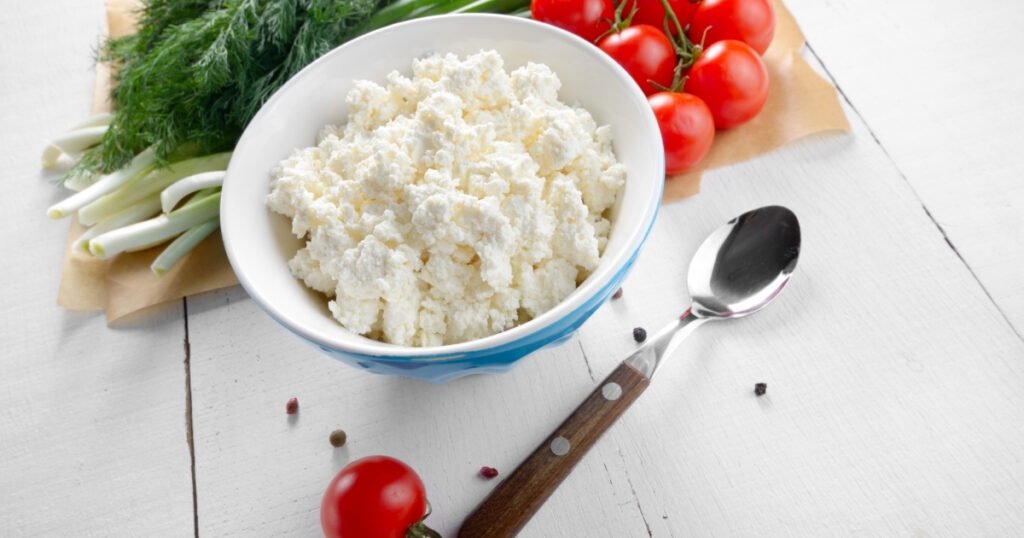
3. Cream Cheese

– A spreadable cheese rich in calcium. Eat it plain or mix it with mashed avocado for a soft, nutritious meal. Avoid pairing it with hard crackers.
3. Milkshakes
A high-calorie, protein-packed drink ideal for post-extraction recovery. Blend milk, yogurt, and soft fruits for a nutritious shake. Avoid using a straw to prevent dry socket.
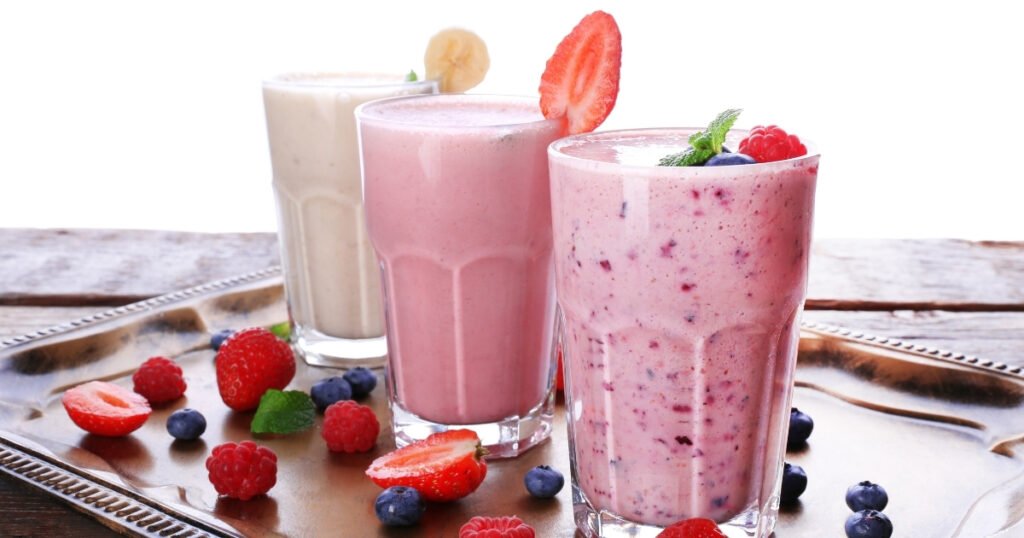
4. Ice Cream
A cold, soft dessert that helps numb pain and reduce swelling. Choose plain flavors without crunchy add-ins. Let it melt slightly before eating for a smoother texture.
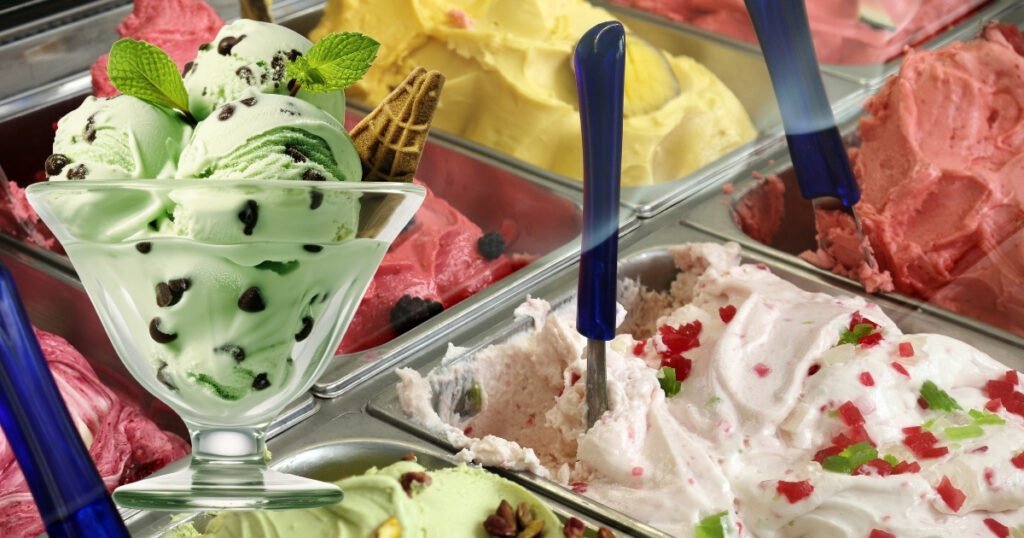
5. Pudding
A soft, sweet treat made from milk and sugar. Ideal for easy digestion, it provides energy without chewing. Refrigerate before serving for a cool, soothing effect.
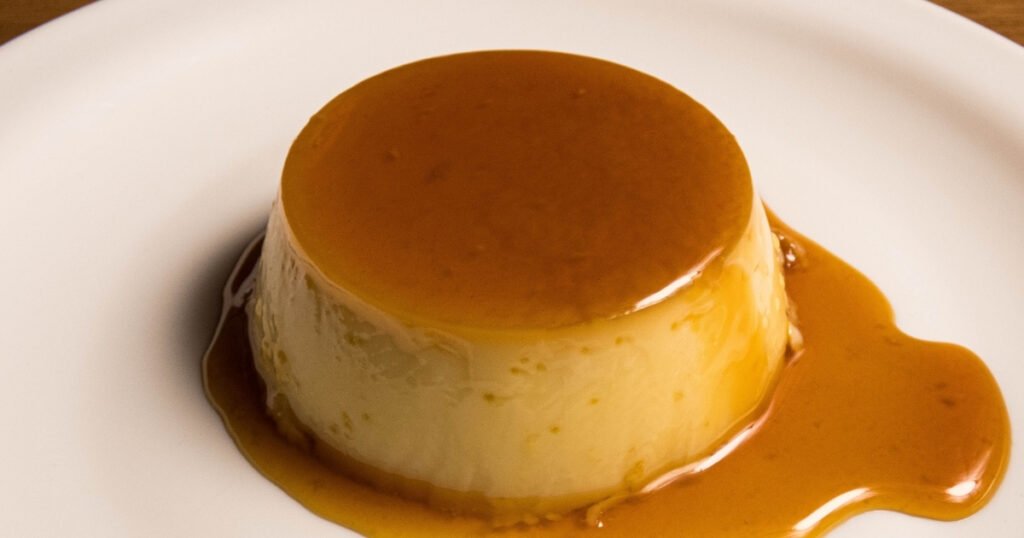
6. Custard
A smooth and creamy dessert rich in protein and calcium. Make it by gently heating milk, eggs, and sugar until thickened. Enjoy warm or cold.
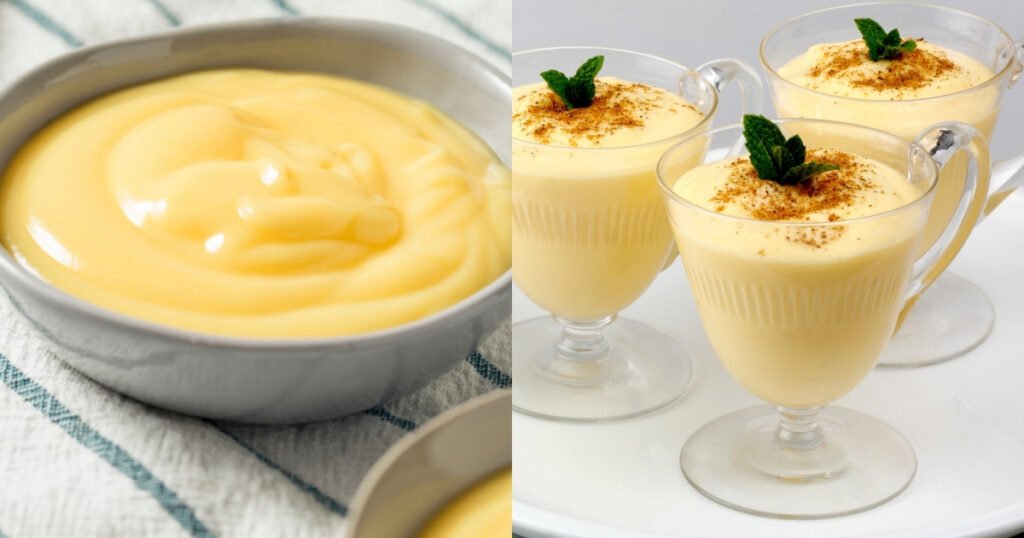
6. Soft Cheese
Melted mozzarella, ricotta, or feta are excellent sources of protein and calcium. Eat them plain or blend into mashed potatoes or soups for extra flavor.
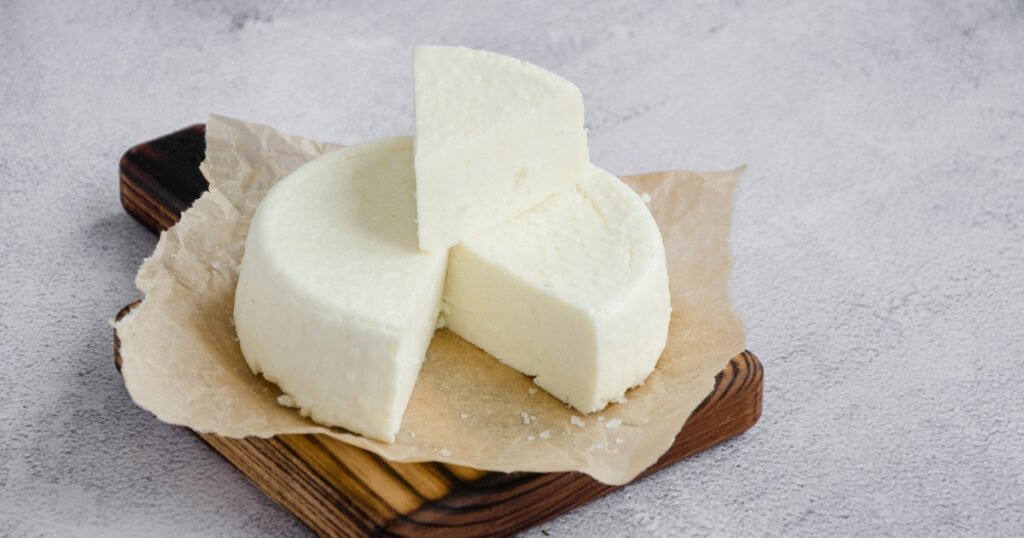
Protein-Rich Soft Foods
7. Scrambled Eggs
Light, fluffy, and protein-rich. Cook them slowly with butter for a soft texture. Avoid overcooking to keep them easy to chew.

8. Poached Eggs
Soft and gentle on the gums. Cook by simmering in water until whites are set. Serve warm with mashed avocado or soft toast.
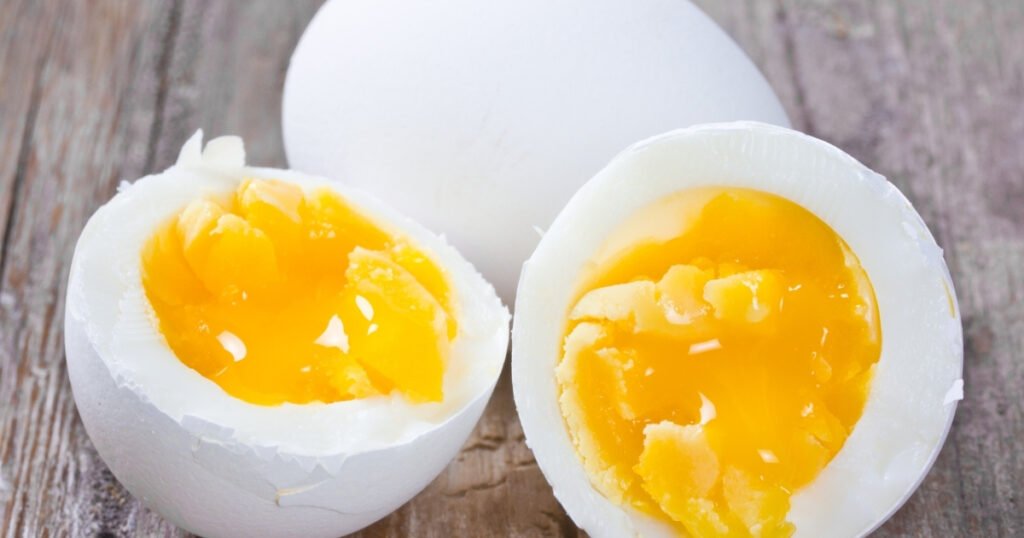
9. Silken Tofu
A soft, protein-packed soy product. Blend it into soups or eat it plain with a light sauce. It’s easy to swallow and nutrient-dense.
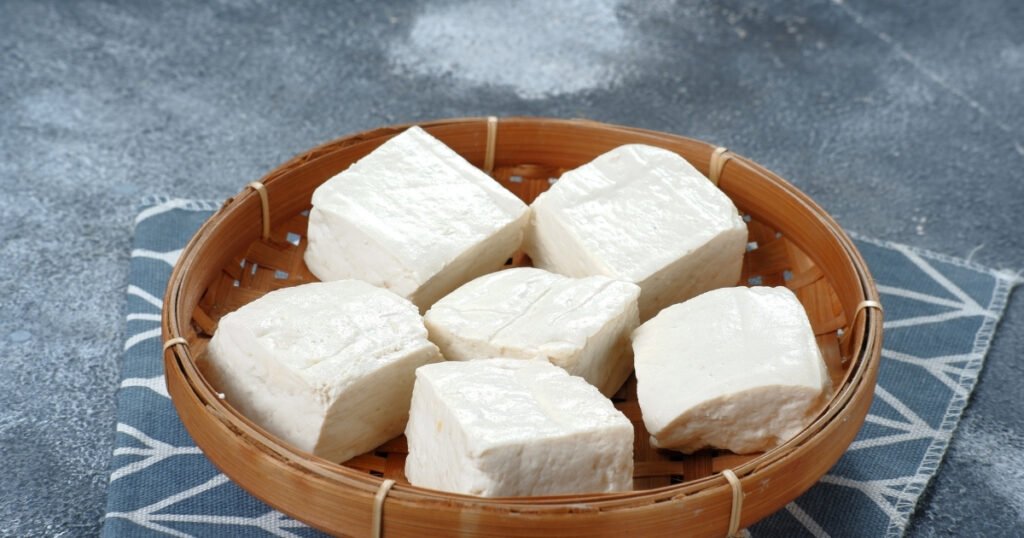
10. Hummus
A smooth chickpea spread rich in protein and fiber. Eat it alone or mix it with mashed potatoes for extra flavor. Avoid adding crunchy toppings.
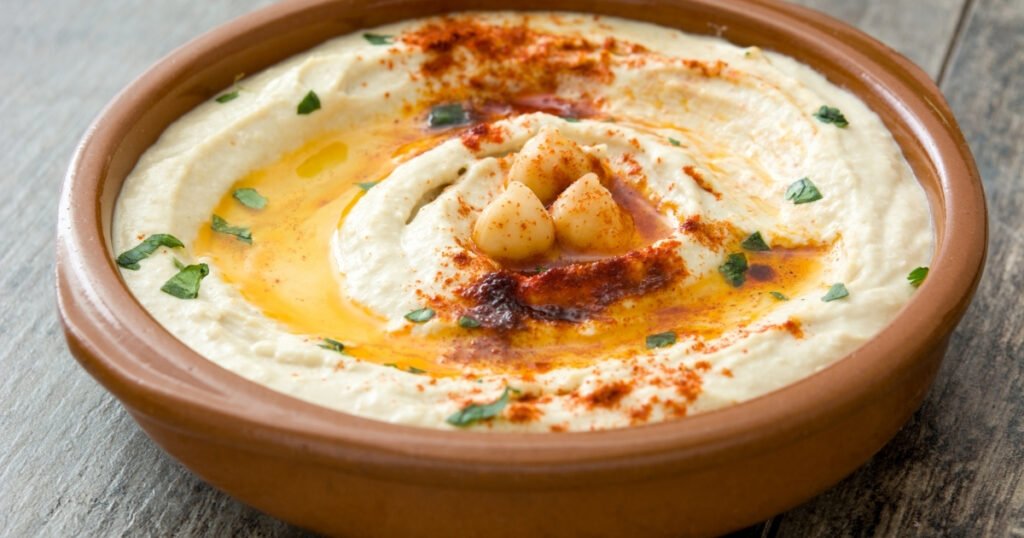
11. Mashed Beans
Black beans, kidney beans, or chickpeas cooked until soft and blended. A great protein source, ideal for spreading on soft bread.
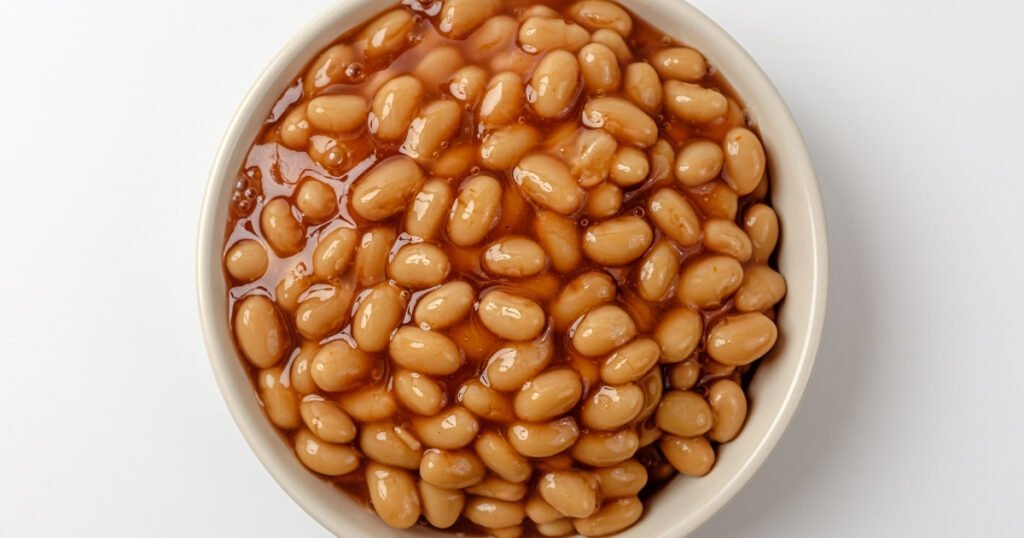
12. Soft Fish
Steam or bake salmon, tilapia, or cod until flaky and tender. Avoid fried fish, as crispy edges may irritate gums.
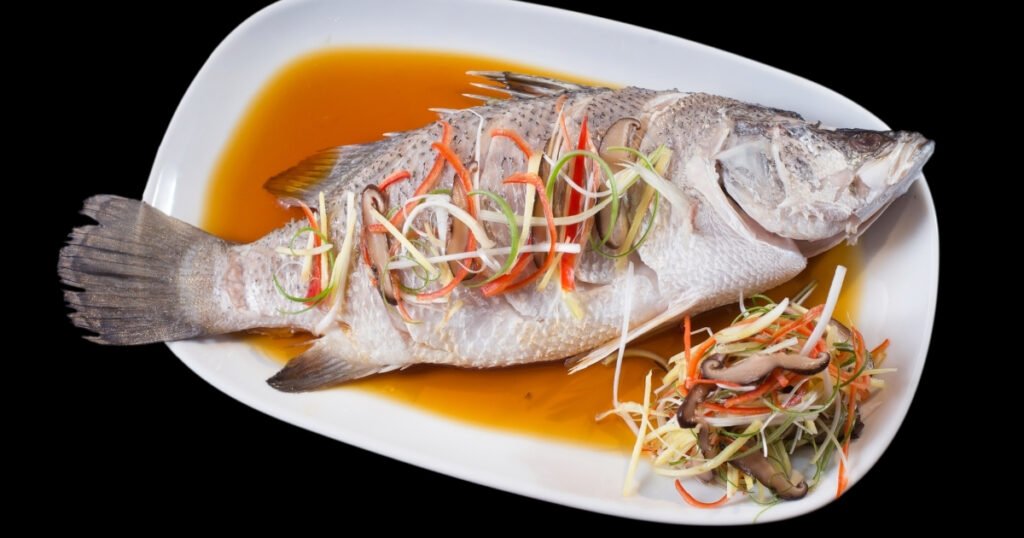
13. Blended Chicken Soup
A nutritious, protein-rich broth. Slow-cook chicken with vegetables, then blend for a smooth consistency. Consume warm, not hot.

Fruit-Based Soft Foods
14. Mashed Bananas
A potassium-rich fruit that requires no cooking. Simply mash with a fork and eat alone or mix with yogurt.
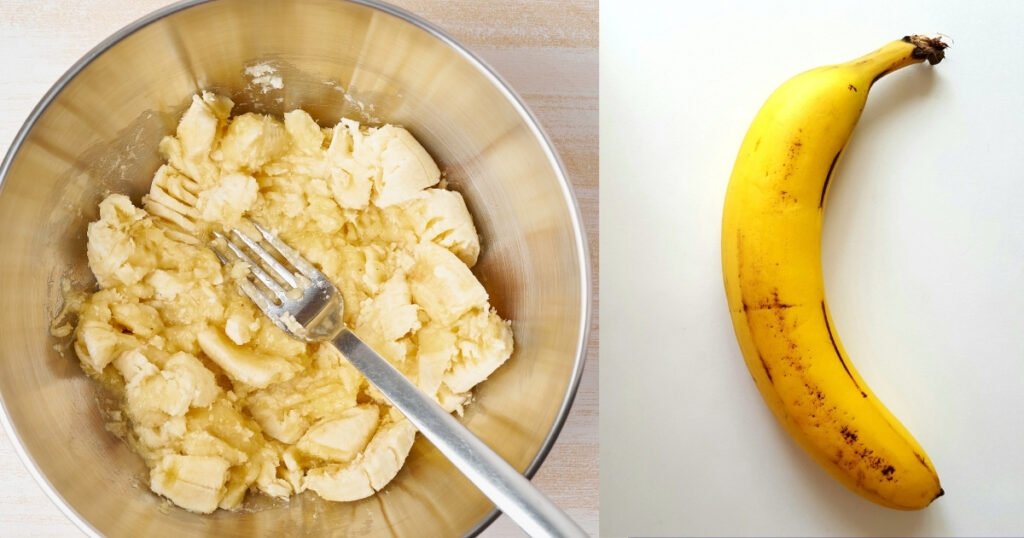
15. Applesauce
A vitamin-rich alternative to raw apples. Buy unsweetened or blend steamed apples for a homemade version.
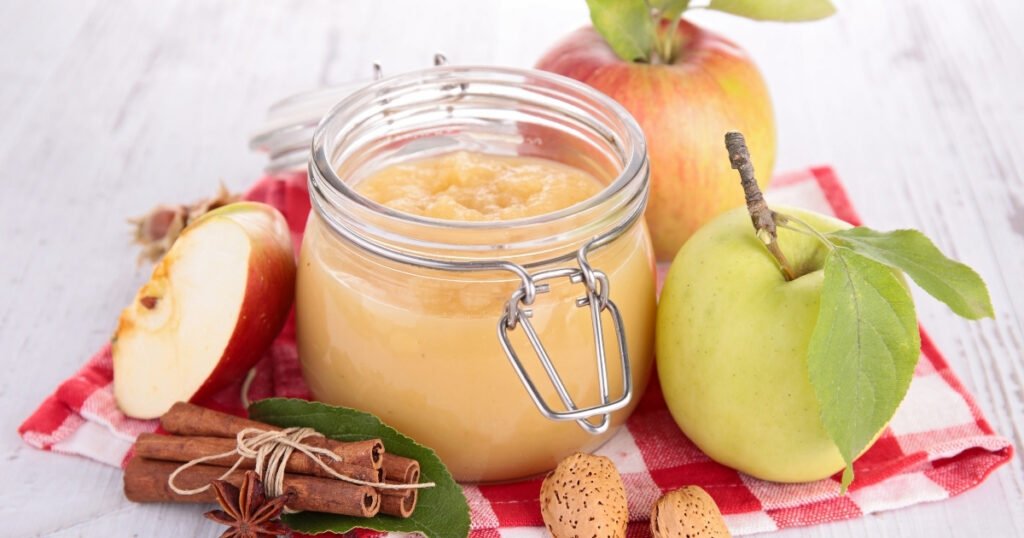
16. Mashed Peaches
Soft and naturally sweet. Cook lightly and mash, or blend for a smooth puree. Ideal as a dessert.
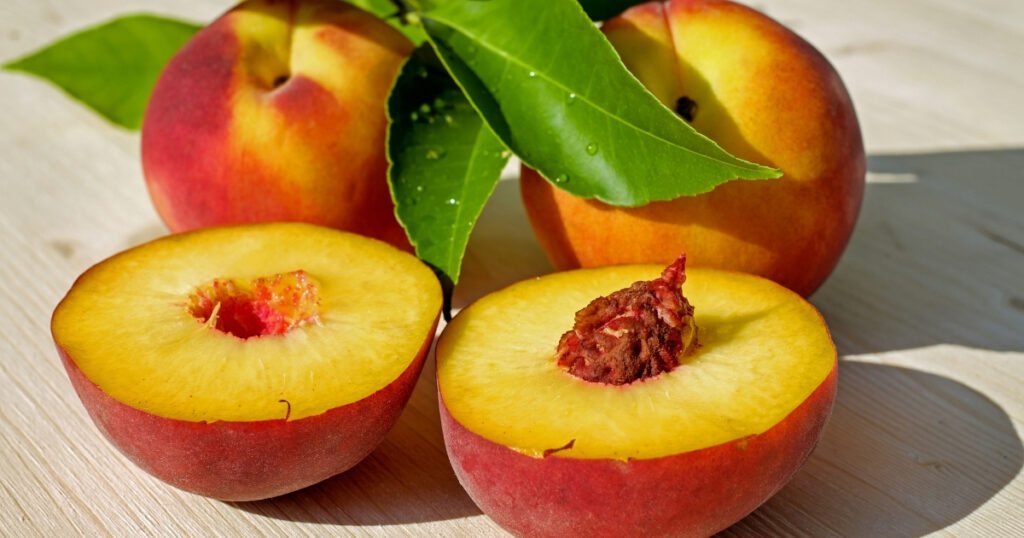
17. Mashed Avocado
Creamy and packed with healthy fats. Mash and eat plain or mix with soft cheese for added nutrition.

18. Fruit Puree
Blend ripe fruits like mangoes, pears, or papaya into a smooth consistency. Eat alone or mix into yogurt.
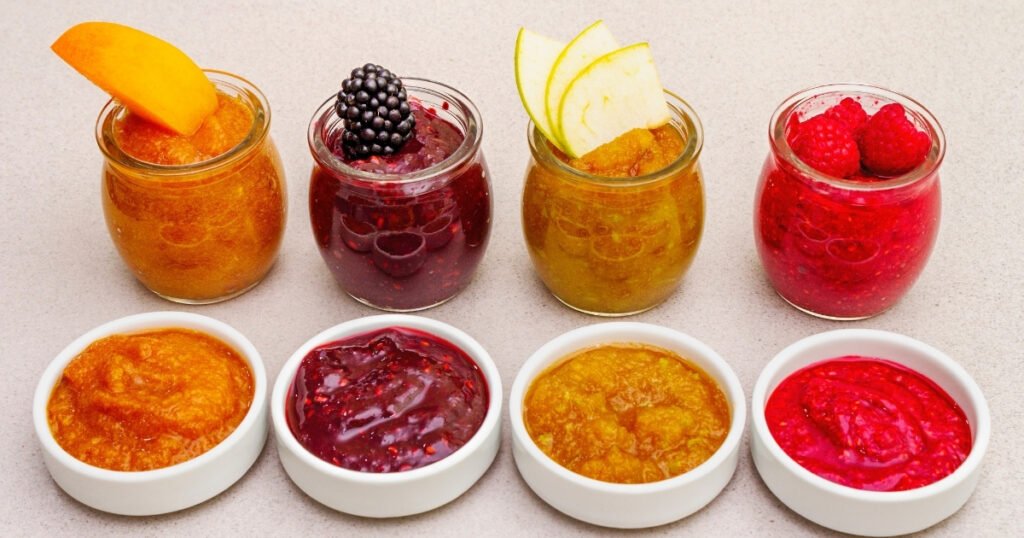
19. Blended Berries
Strawberries, blueberries, or raspberries blended into a soft mixture. Remove seeds if irritation occurs.
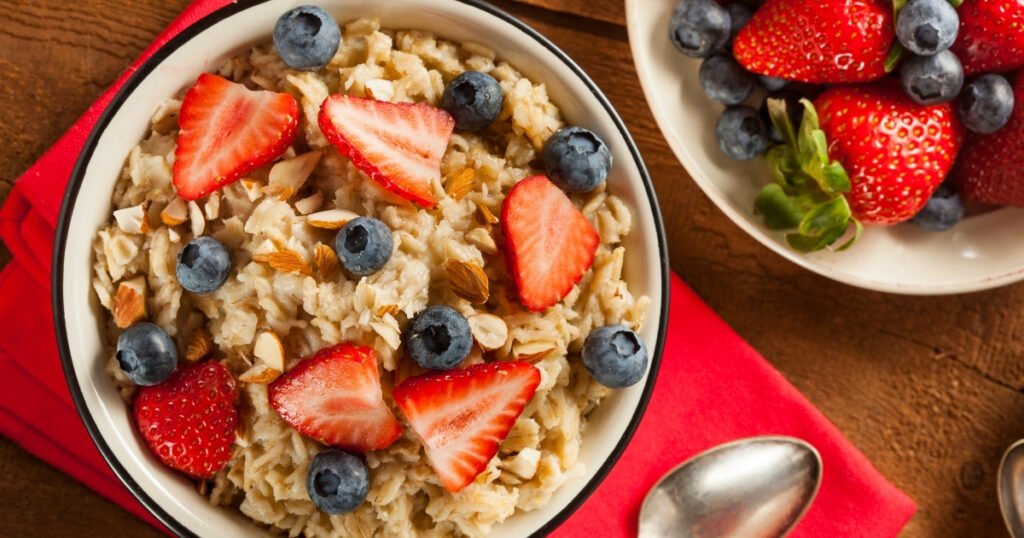
20.Fruit Sorbet
A refreshing, soft alternative to ice cream. Made by blending frozen fruit with a little juice.
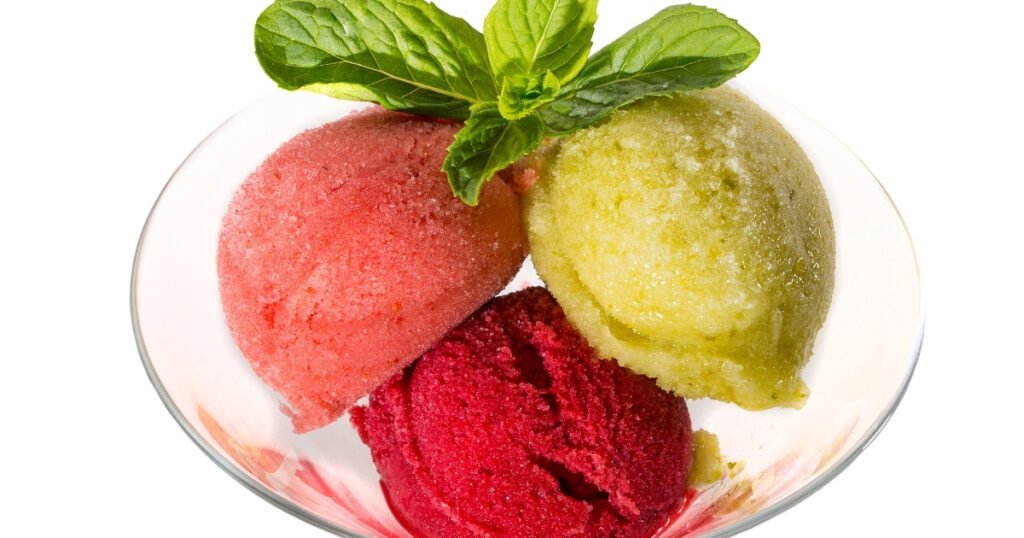
Vegetable-Based Soft Foods
21. Mashed Potatoes
A classic soft food, rich in carbohydrates. Boil potatoes, mash, and add milk or butter for a creamy texture.
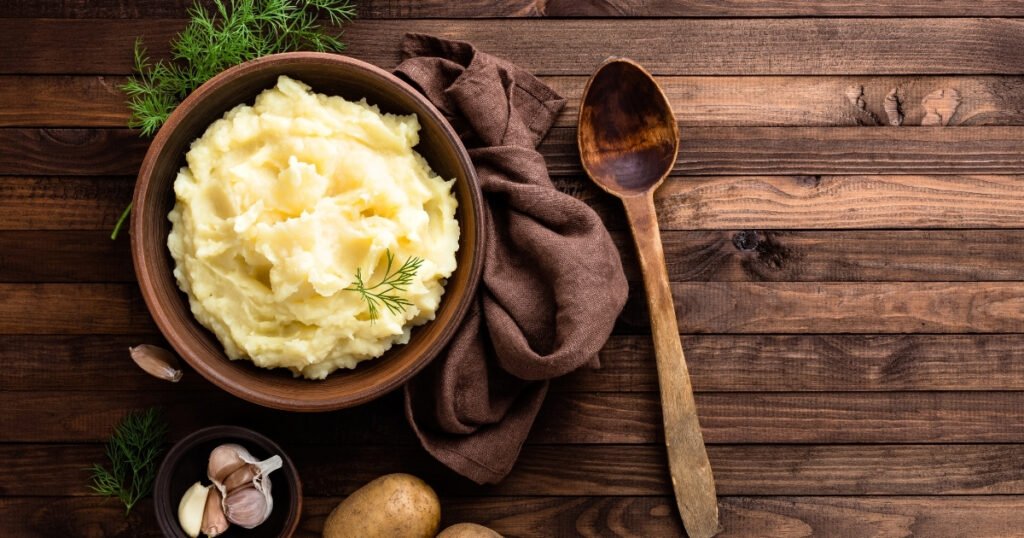
22. Mashed Sweet Potatoes
A vitamin-packed alternative to regular potatoes. Steam, mash, and mix with honey for natural sweetness.
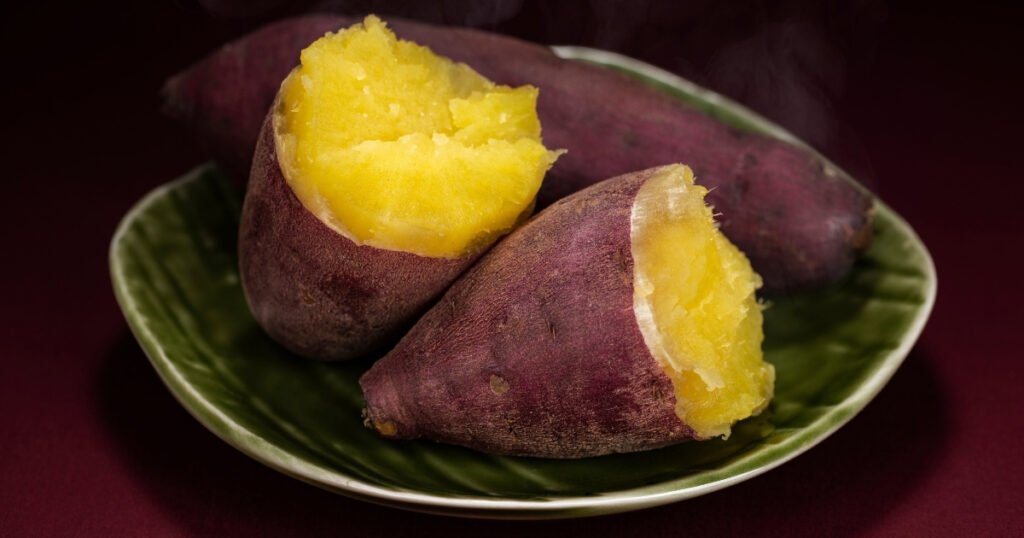
23. Steamed Carrots
Soft, slightly sweet, and easy to mash. Steam until very tender and blend if necessary.
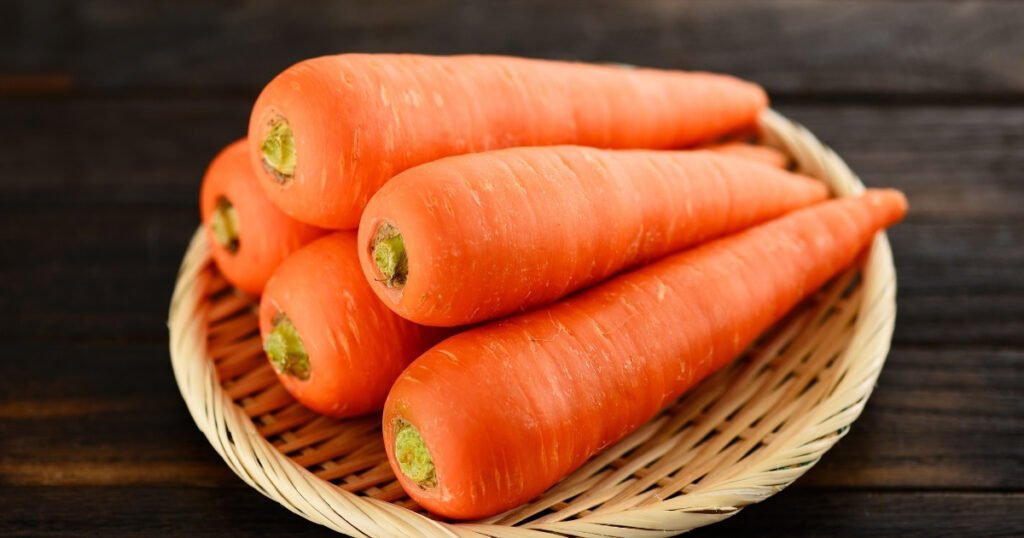
24. Mashed Cauliflower
A low-carb potato alternative. Steam, blend, and season lightly for a creamy texture.
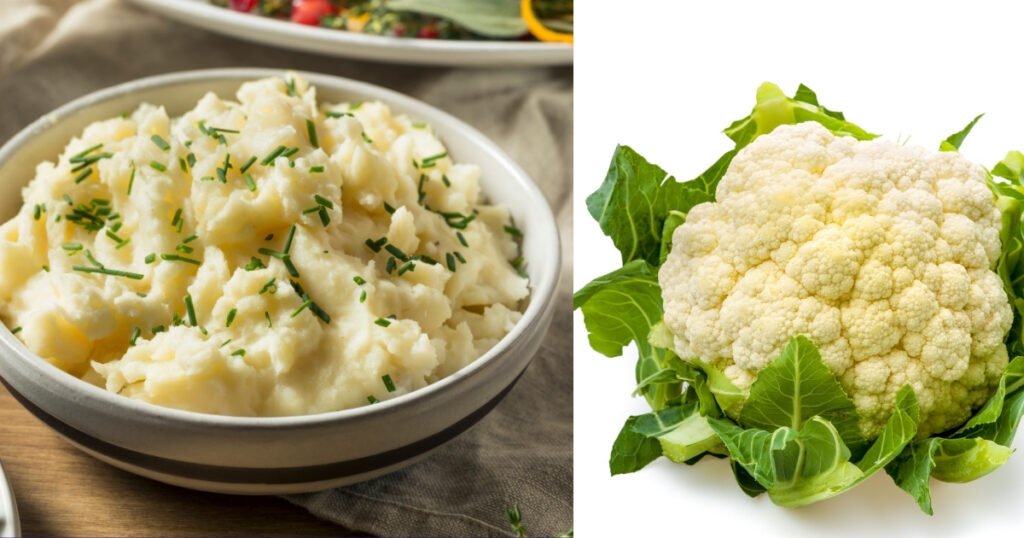
25. Steamed Spinach
Soft and full of iron. Cook until wilted and blend into soups or mix with mashed potatoes.
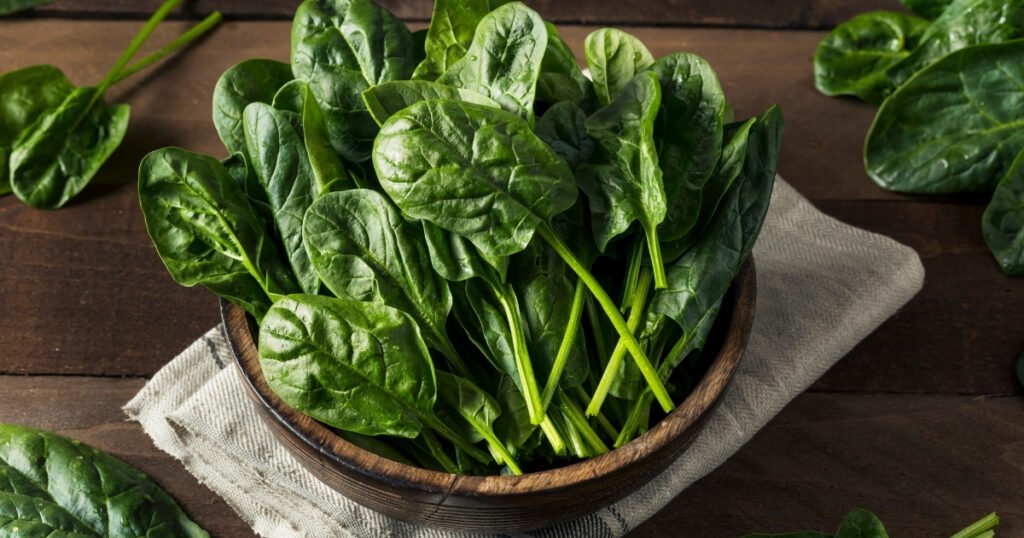
26. Mashed Pumpkin
A fiber-rich, easily digestible vegetable. Bake, mash, and season with cinnamon for extra flavor.
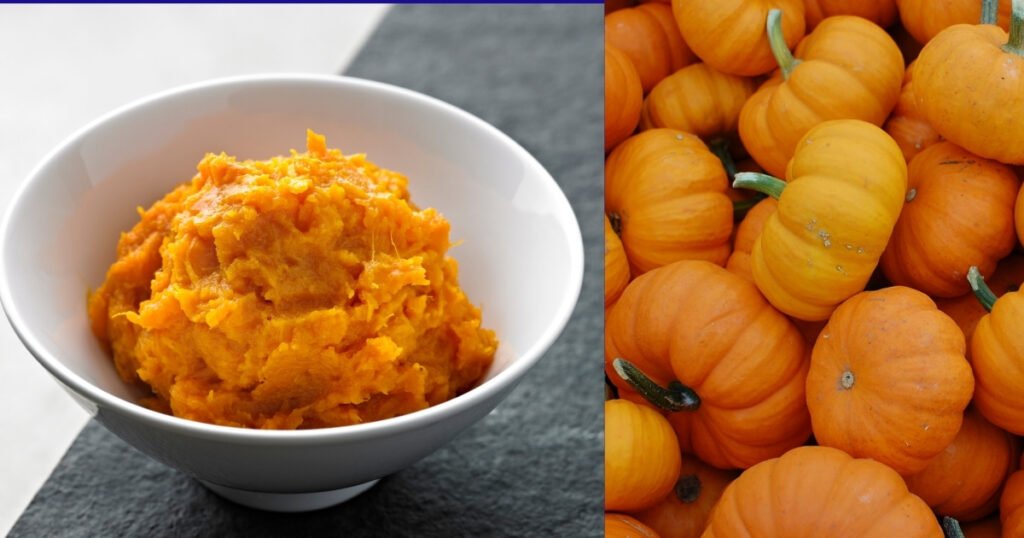
27. Blended Vegetable Soups
Carrot, tomato, or butternut squash soup. Cook vegetables until very soft, then puree for a smooth meal.
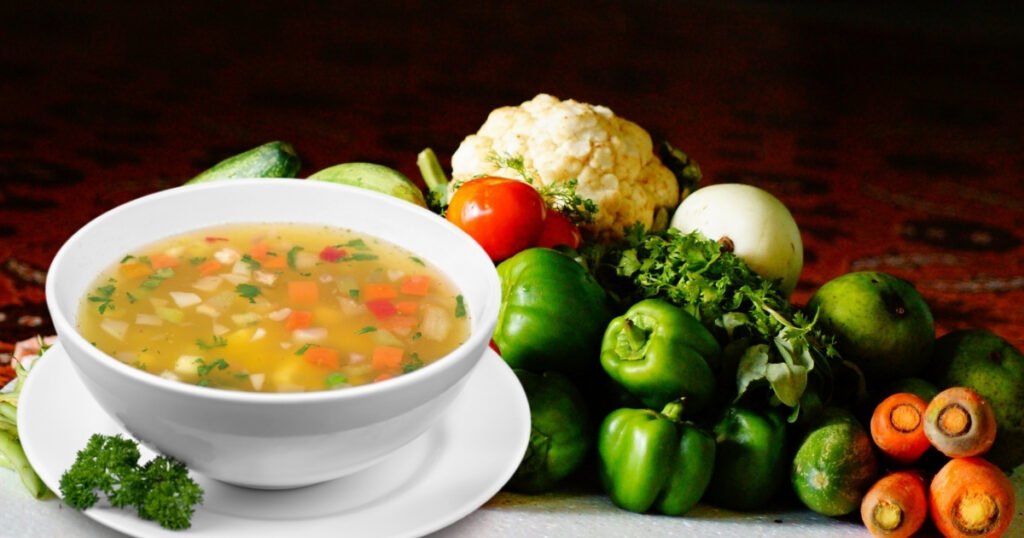
Grain-Based Soft Foods
28. Oatmeal
Soft and fiber-rich. Cook with milk for a creamier texture. Avoid nuts or crunchy toppings.
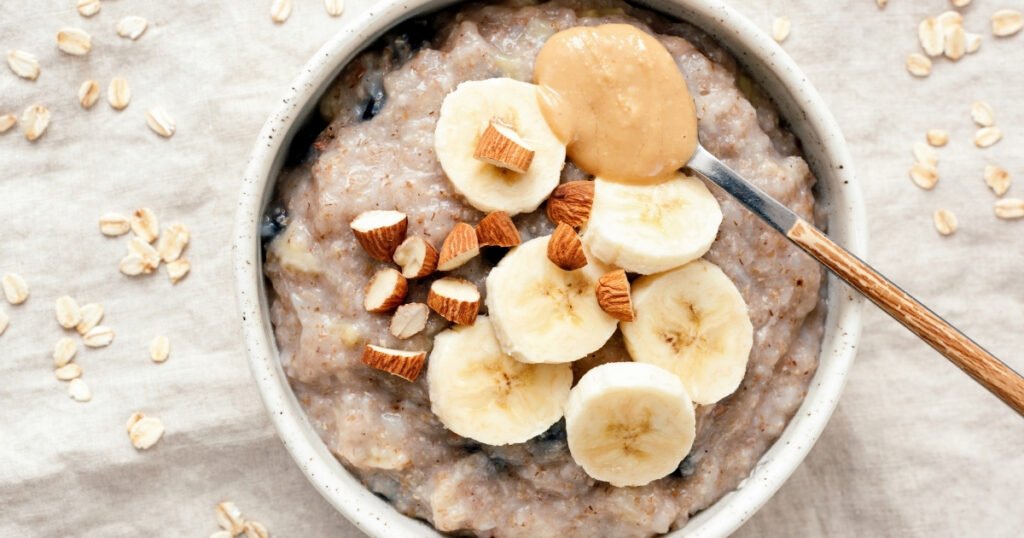
29. Cream of Wheat
A smooth, warm breakfast porridge. Cook slowly with milk for extra softness.
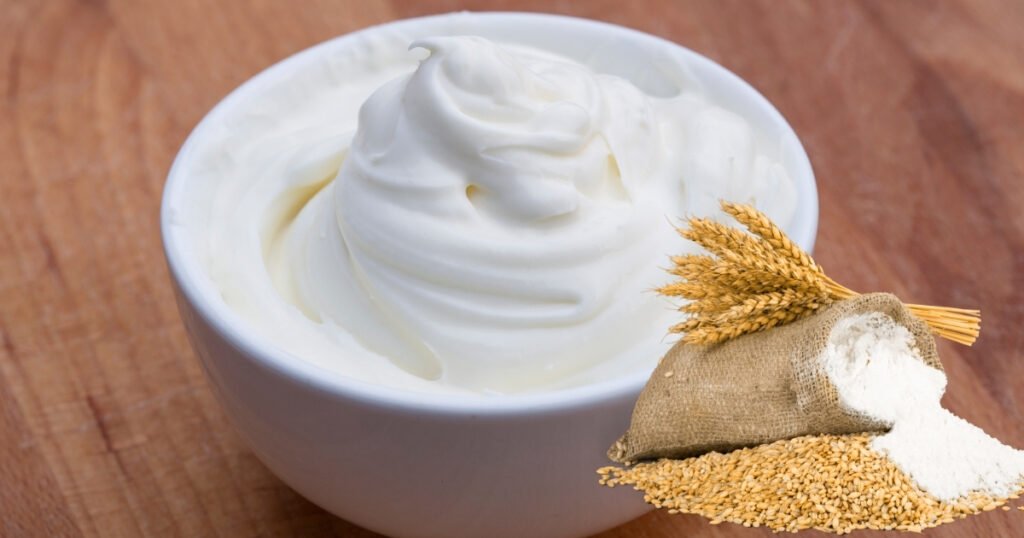
30. Soft-Cooked Quinoa
A protein-packed grain. Cook until very soft and mix with mashed vegetables.
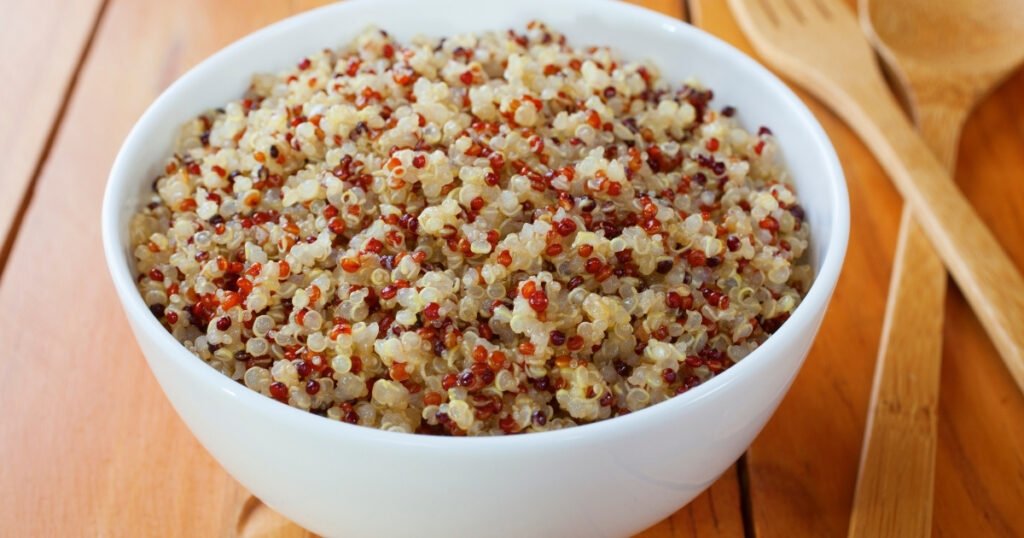
31. Rice Pudding
A creamy dish made with soft rice and milk. Cook until the rice absorbs the liquid completely.
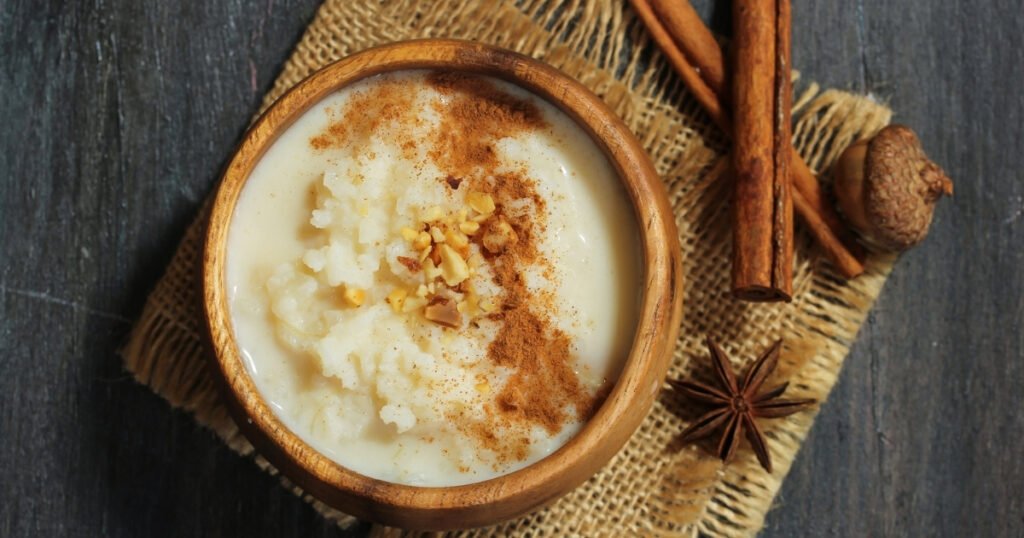
32. Soft Bread Soaked in Milk or Soup
A simple way to eat bread without chewing. Dip and let it soften fully.

33. Macaroni and Cheese
Soft pasta in a creamy cheese sauce. Cook pasta until very tender.
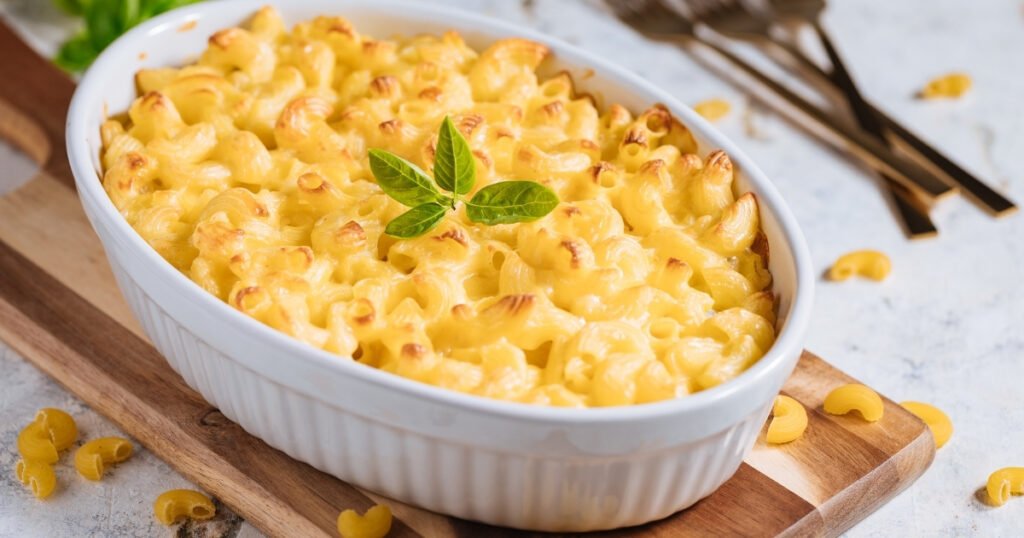
34. Polenta
A smooth cornmeal dish. Cook with milk or broth for a soft, pudding-like consistency.
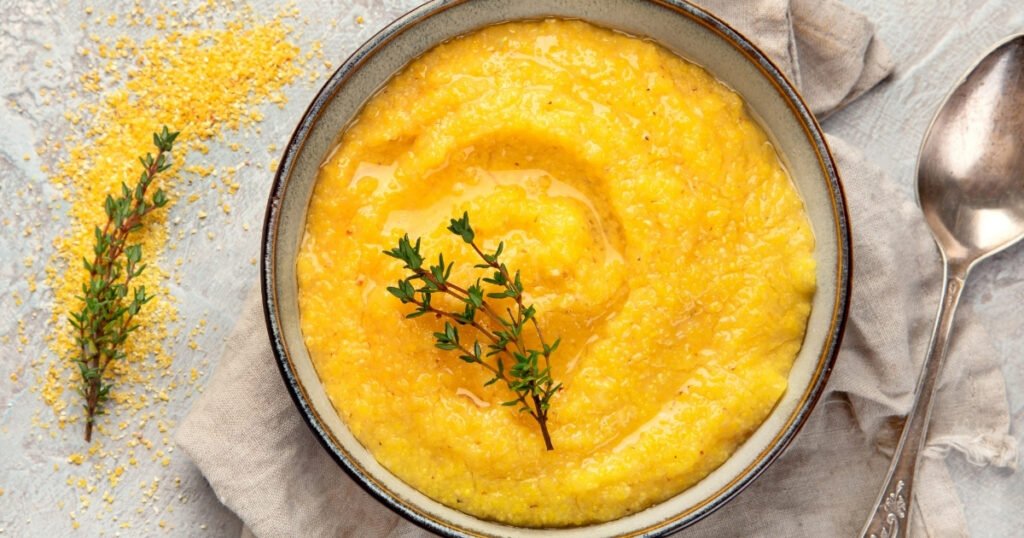
35. Polenta
Choose small pasta shapes and cook until very soft. Avoid chunky sauces.
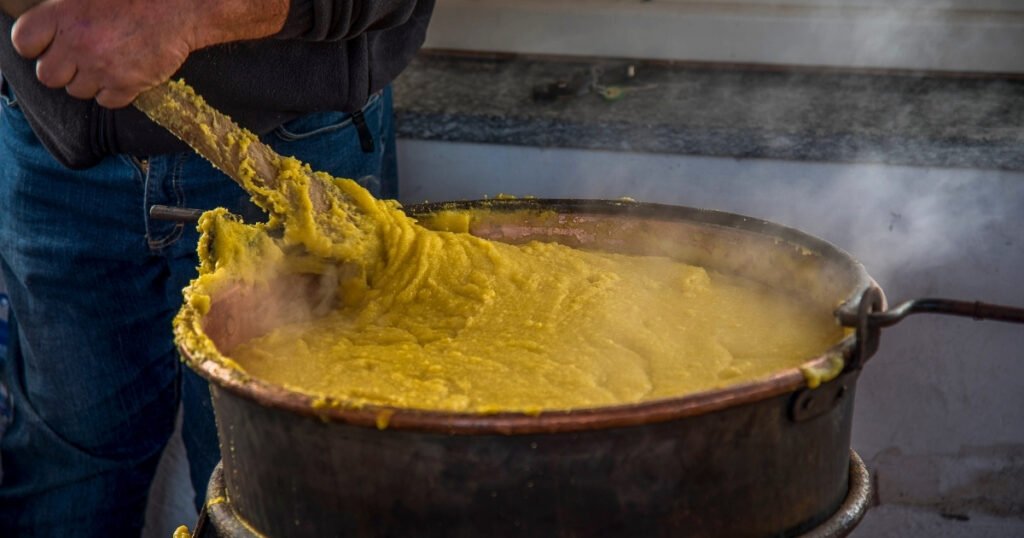
36. Risotto
A creamy Italian rice dish, perfect for easy swallowing. Cook slowly with broth.
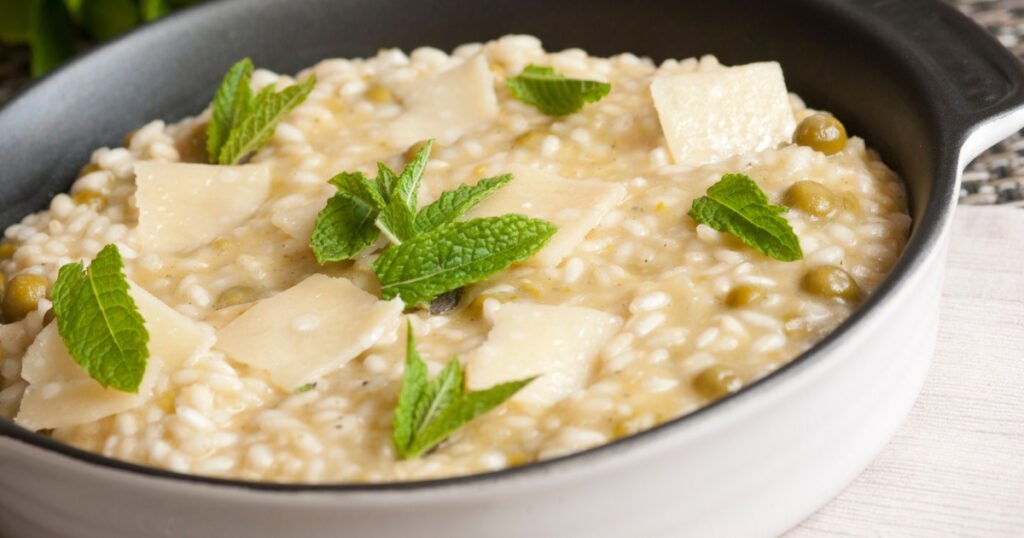
Soft Desserts and Snacks
37. Jell-O
A soft, wobbly snack that’s easy to swallow. Choose sugar-free versions for a healthier option.

38. Tapioca Pudding
A creamy dessert with small, soft tapioca pearls. Cook with milk until smooth.

39. Soft-Cooked Lentils
A fiber-rich plant protein. Cook until very soft and mash before eating.
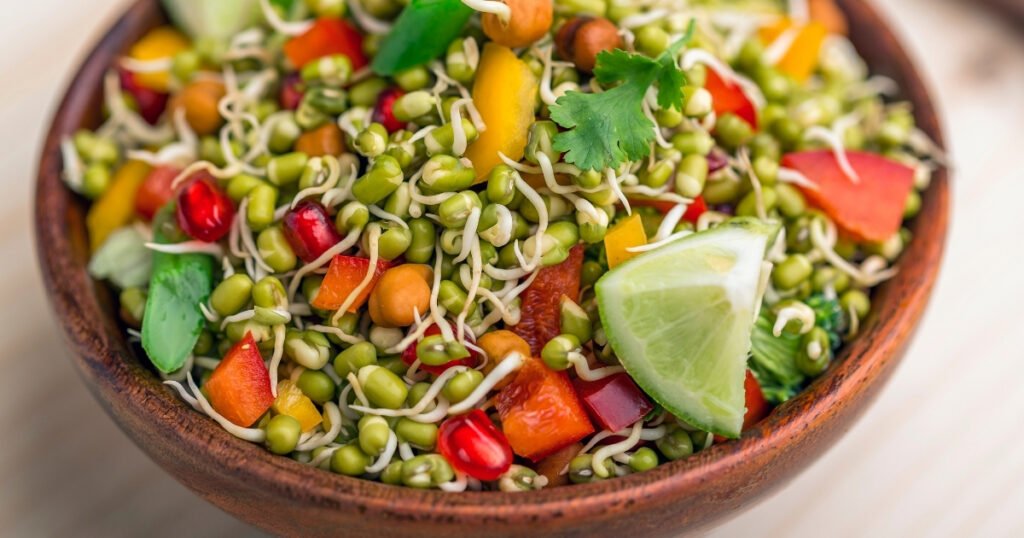
40. Egg Salad
A creamy, protein-rich dish. Mash boiled eggs with mayonnaise for a smooth consistency.
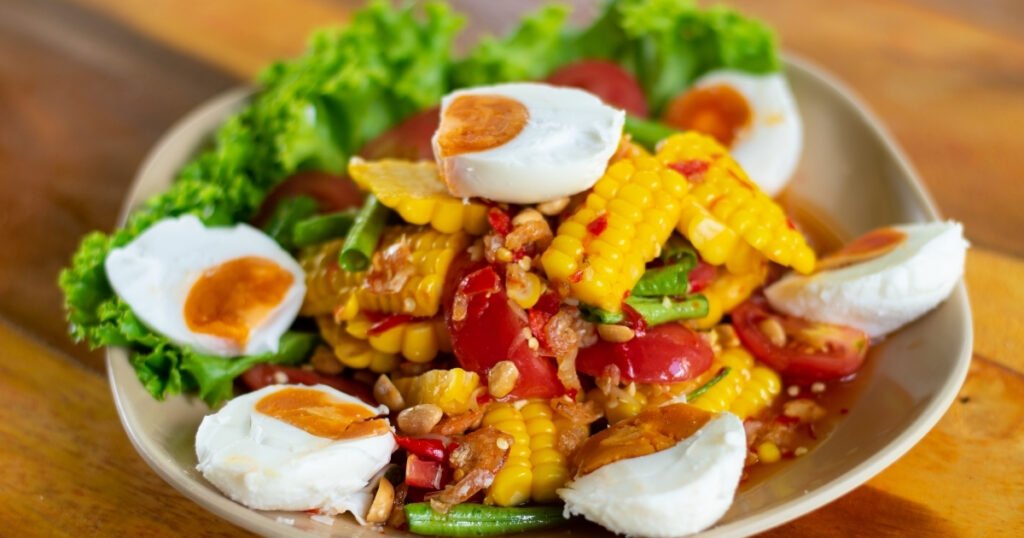
41. Milkshakes and Smoothies
Nutrient-packed drinks made by blending milk, yogurt, and soft fruits.
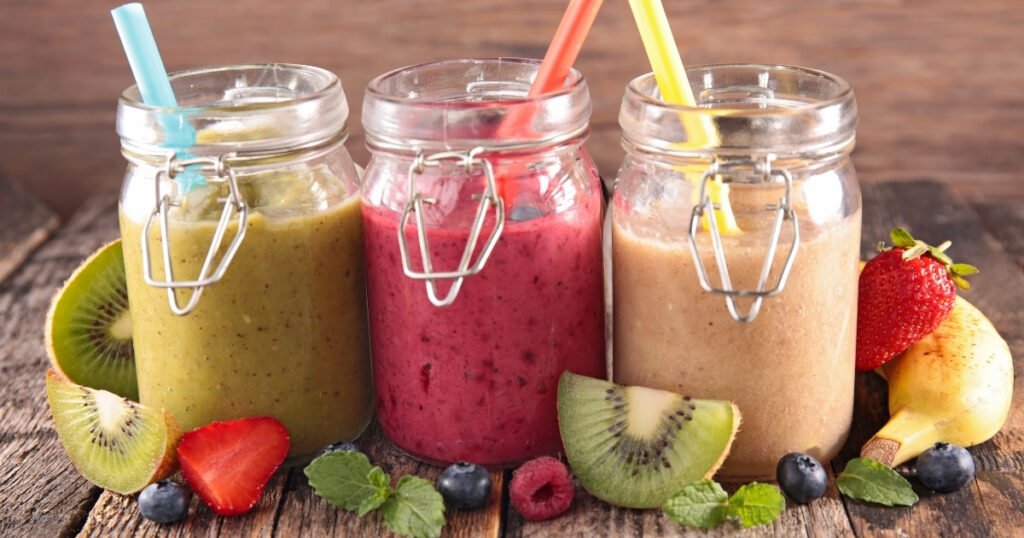
Additional Soft Foods
42. Chia Pudding
A soft, fiber-rich pudding made by soaking chia seeds in milk overnight.
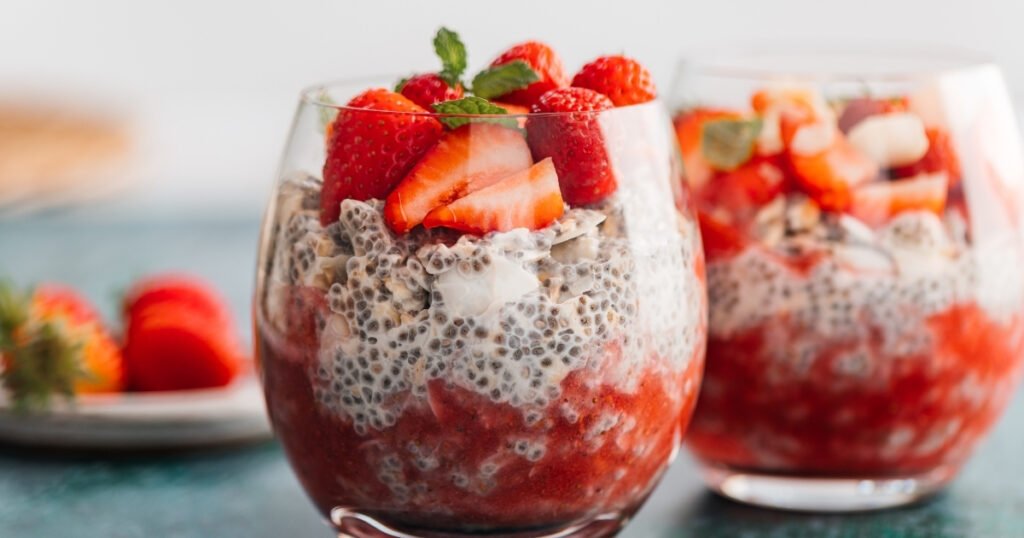
43. Steamed Fish
A soft and flaky protein source. Cook until very tender and season lightly.
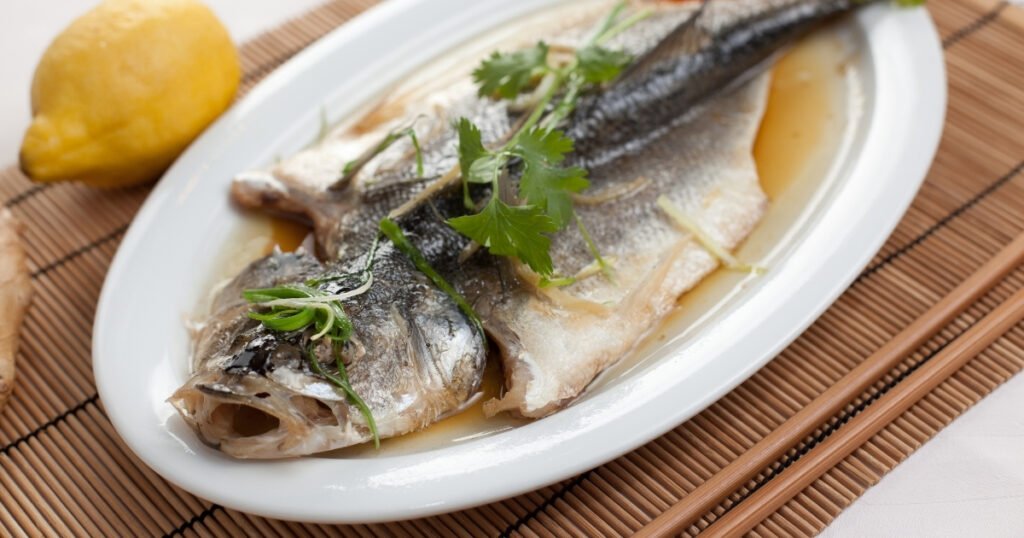
44. Blended Soup
Any soft, blended vegetable soup. Serve warm, not hot.
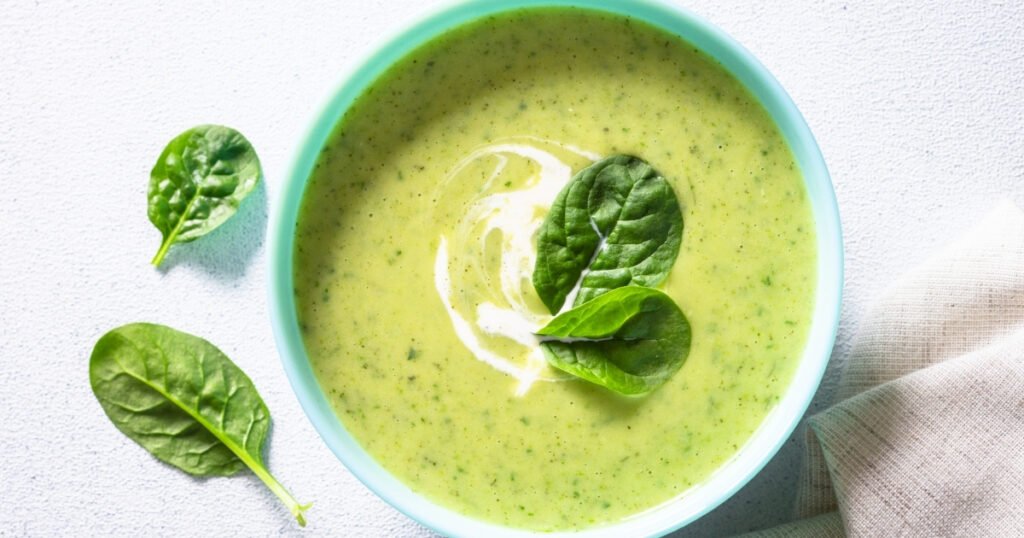
45. Canned Peaches in Juice
Soft and sweet, perfect for easy eating. Choose varieties without added sugar.
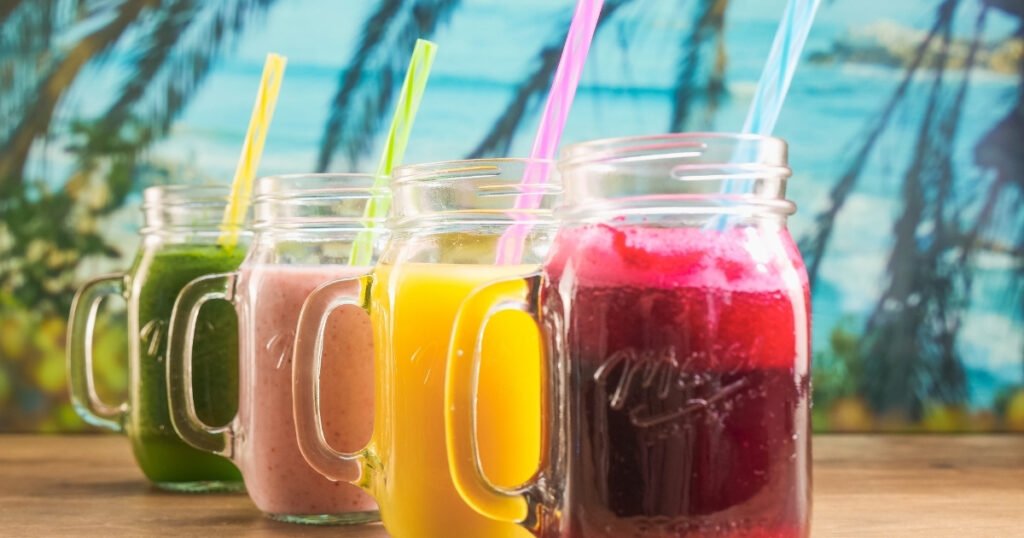
46. Blended Nut Butter
Almond or peanut butter without chunks, ideal for spreading on soft foods.
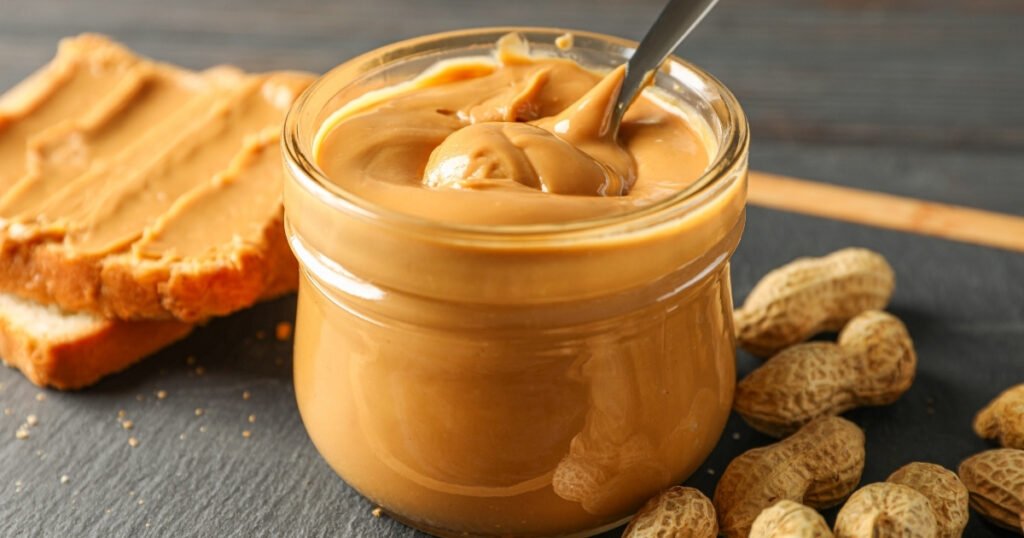
47. Mashed Lentils
A soft and protein-rich food, easy to digest. Cook until fully tender and mash.
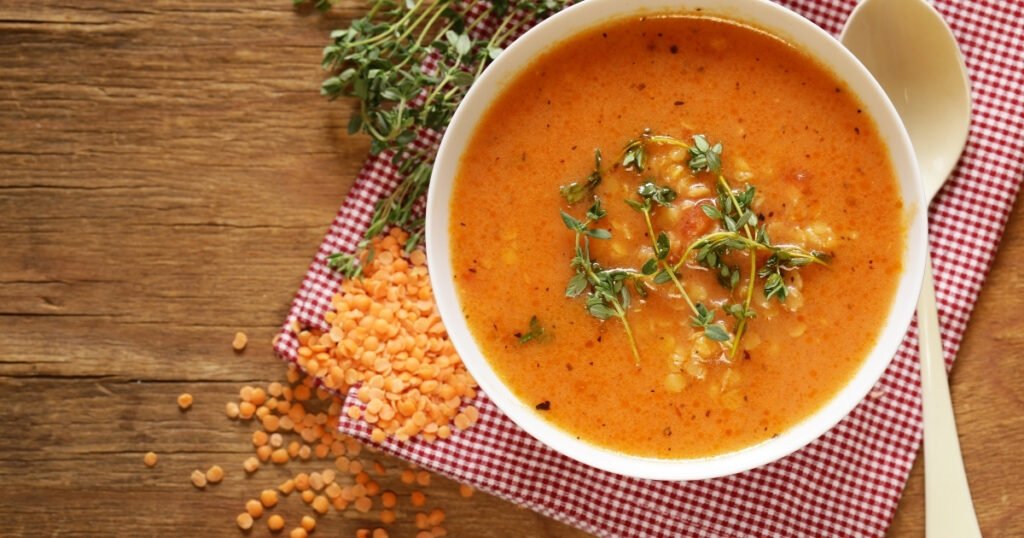
48.Soft Tofu with Sauce
A silky, protein-packed soy product. Serve with mild seasonings for extra flavor.
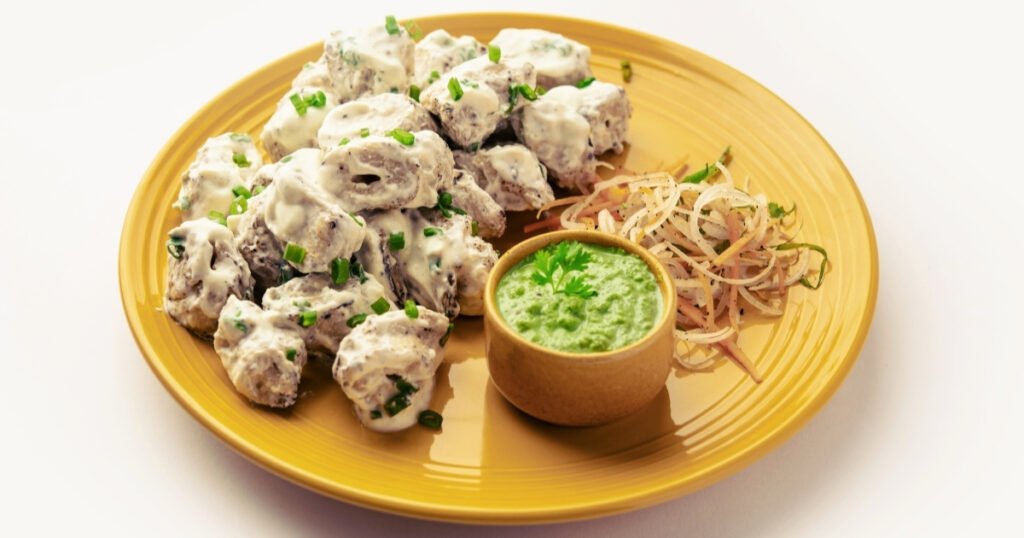
49. Polenta
Polenta is a smooth, creamy dish made from boiled cornmeal, making it easy to eat without chewing. It provides energy-rich carbohydrates and can be flavored with butter or cheese for a comforting meal.
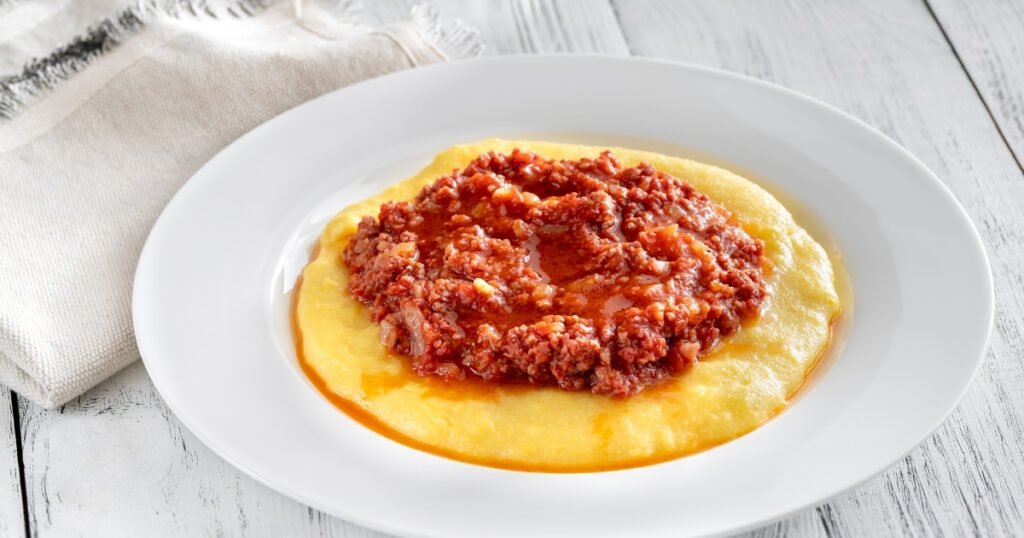
50. Chia Pudding
Chia pudding is a soft, gel-like dish made by soaking chia seeds in milk or yogurt. It’s packed with fiber, omega-3s, and protein, helping with digestion and healing after tooth extraction.
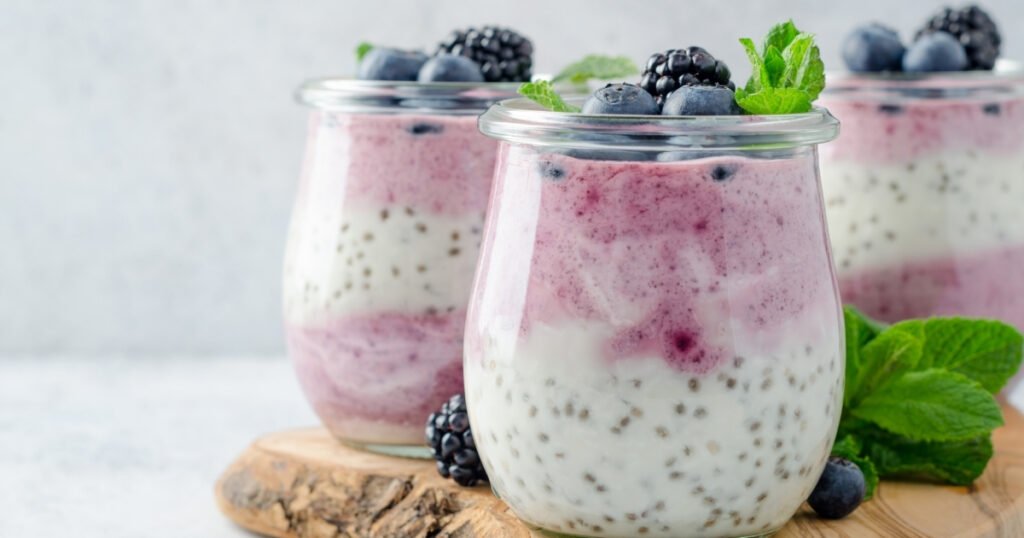
How to Prepare Soft Foods for Maximum Comfort
To make food easier to consume after tooth extraction:
- Blend or mash solid foods for a smooth texture
- Cook thoroughly until very soft (steaming, boiling, slow cooking)
- Use broths and gravies to moisten foods
- Avoid spicy, acidic, or crunchy toppings
- Let hot foods cool slightly before eating to avoid irritation
7-Day Soft Food Meal Plan for Recovery
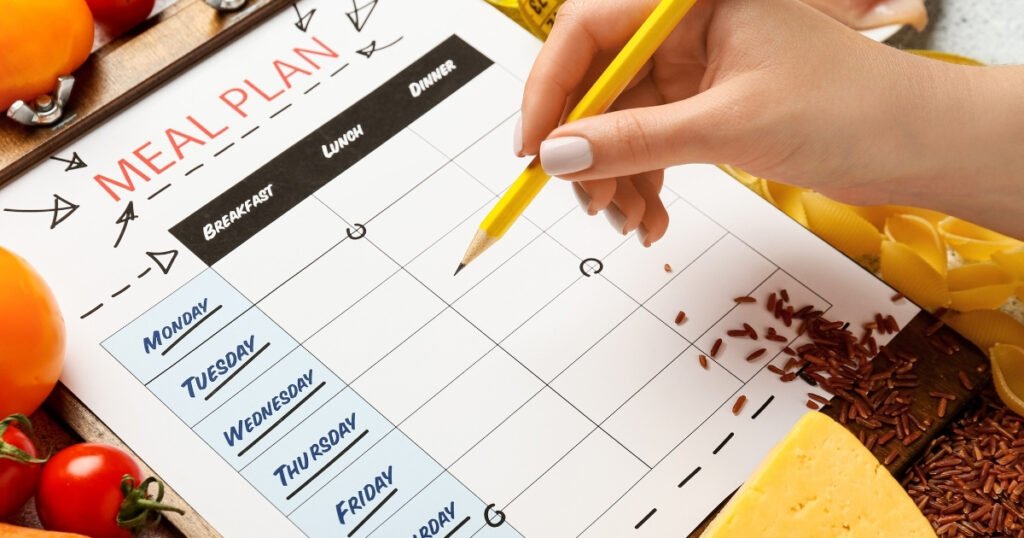
To simplify meal planning, here’s a 7-day soft food meal plan:
| Day | Breakfast | Lunch | Dinner | Snack |
|---|---|---|---|---|
| Day 1 | Yogurt | Mashed potatoes & hummus | Scrambled eggs | Applesauce |
| Day 2 | Oatmeal | Soft-cooked quinoa & blended soup | Mashed sweet potatoes | Banana smoothie |
| Day 3 | Cream of wheat | Steamed spinach & poached eggs | Rice pudding | Soft tofu |
| Day 4 | Scrambled eggs | Polenta with mashed avocado | Soft pasta | Jell-O |
| Day 5 | Smoothie bowl | Soft-cooked lentils & mashed pumpkin | Blended vegetable soup | Milkshake |
| Day 6 | Cottage cheese & peaches | Risotto & pureed carrots | Mashed cauliflower | Soft-cooked lentils |
| Day 7 | Pudding | Steamed fish & mashed sweet potatoes | Macaroni & cheese | Tapioca pudding |
Foods to Avoid After Tooth Extraction
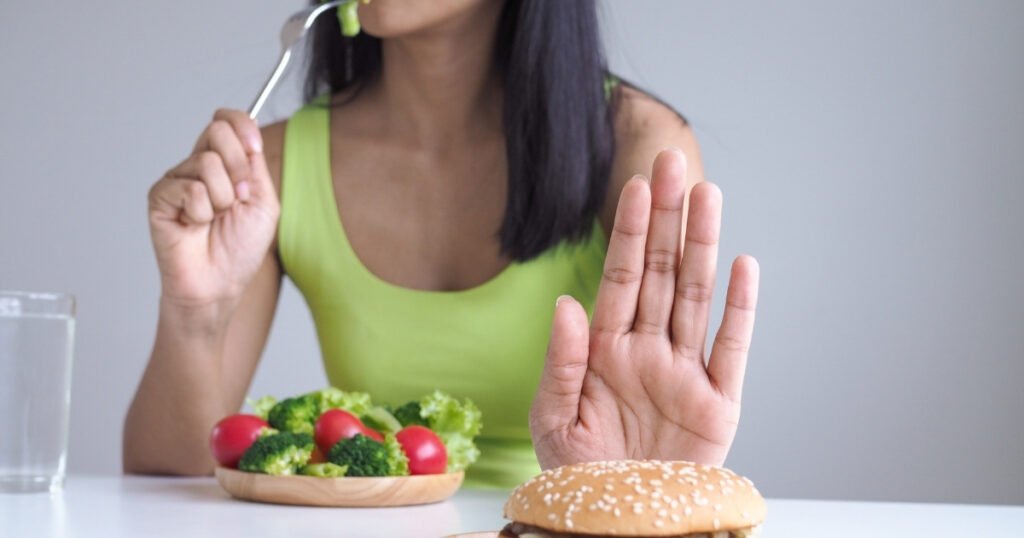
To prevent irritation, avoid:
- Crunchy foods (chips, nuts, seeds)
- Sticky foods (chewy candies, caramel)
- Hard foods (raw vegetables, hard bread)
- Spicy foods (may cause irritation)
- Acidic foods (tomatoes, citrus fruits)
- Carbonated drinks (can disturb healing)
- Alcohol and caffeine (may slow recovery)
Conclusion
Eating soft foods after a tooth extraction is essential for fast healing, reduced discomfort, and proper nutrition. By following this guide, you can enjoy a variety of nutritious and delicious meals while ensuring a smooth recovery.
💡 Tip: Prepare meals in advance and keep a variety of soft foods on hand to make the recovery process easier.
15 detailed FAQs on 50 Soft Foods to Eat After Tooth Extraction
What are the best soft foods to eat after tooth extraction?
The best soft foods after tooth extraction include yogurt, mashed potatoes, scrambled eggs, applesauce, and smoothies. These foods are easy to chew, provide essential nutrients, and promote healing.
Avoid hard, crunchy, or spicy foods.
Focus on nutrient-rich options like protein, dairy, and soft fruits.
Cold foods like ice cream can help reduce swelling.
Why should I eat soft foods after a tooth extraction?
Soft foods prevent irritation, reduce chewing effort, and promote faster healing. Hard or chewy foods can disturb the blood clot and lead to complications.
Soft foods protect the extraction site from damage.
They help prevent painful dry socket.
They make eating comfortable during the healing process.
How long should I eat soft foods after tooth extraction?
You should eat soft foods for at least 3 to 7 days, depending on your healing speed. Gradually reintroduce solid foods after your dentist’s approval.
First 24 hours: Stick to liquid and cold foods.
Days 2-3: Introduce mashed and pureed foods.
After a week: Slowly start eating soft solids.
Can I eat dairy products after tooth extraction?
Yes, dairy products like yogurt, milk, and soft cheese are safe after extraction. However, some dentists advise avoiding dairy immediately due to potential bacterial growth.
Yogurt and cottage cheese are good protein sources.
Avoid thick or sticky dairy foods that might cling to the wound.
If dairy causes nausea (especially after anesthesia), avoid it.
Is it okay to eat ice cream after tooth extraction?
Yes, ice cream helps reduce swelling and soothes pain. Choose plain flavors without crunchy toppings or nuts.
Avoid ice cream with hard add-ins like nuts or candy.
Let it melt slightly before eating to prevent sensitivity.
Sugar-free options are better to avoid bacteria growth.
What soft fruits can I eat after a tooth extraction?
Soft fruits like mashed bananas, applesauce, canned peaches, and blended berries are ideal after extraction. Avoid fruits with seeds.
Mashed bananas are nutrient-dense and easy to digest.
Applesauce is a great alternative to raw apples.
Avoid citrus fruits, as they can cause irritation.
Can I eat eggs after tooth extraction?
Yes, eggs are a great source of protein and easy to eat. Scrambled, poached, or boiled eggs are ideal for soft eating.
Scramble eggs with butter for extra softness.
Avoid frying eggs with crispy edges.
Poached eggs are a gentle option for sore gums.
Can I eat rice or pasta after tooth extraction?
Yes, soft-cooked rice and pasta are easy to eat. Ensure they are well-cooked and avoid spicy or chunky sauces.
Risotto and overcooked pasta are great choices.
Avoid sticky rice that may get lodged in the wound.
Soft noodles with mild broth are soothing and easy to swallow.
What soups are best after tooth extraction?
Blended soups like tomato, pumpkin, and carrot soup are best. Avoid chunky ingredients and hot temperatures.
Smooth vegetable soups provide vitamins and hydration.
Avoid spicy or acidic soups that may cause discomfort.
Serve warm, not hot, to prevent irritation.
Can I eat bread after a tooth extraction?
Soft bread soaked in milk or soup is fine, but avoid hard crusts or toasted bread.
White bread is softer than whole-grain varieties.
Avoid dry or chewy bread that requires excessive chewing.
Soaking in broth or milk makes it easier to eat.
Can I eat peanut butter after tooth extraction?
Smooth peanut butter is fine, but avoid chunky or sticky versions that can cling to the wound.
Choose natural, sugar-free peanut butter for better nutrition.
Spread it on soft bread or mix with mashed bananas.
Avoid eating large spoonfuls, as it may be difficult to swallow.
Can I drink smoothies after tooth extraction?
Yes, smoothies are nutritious and easy to consume. Avoid using a straw to prevent dry socket.
Blend soft fruits, yogurt, and milk for a smooth drink.
Avoid seeds, as they may irritate the wound.
Use a spoon instead of a straw to drink safely.
What foods should I avoid after tooth extraction?
Avoid crunchy, chewy, spicy, and hot foods that can irritate the wound.
No nuts, chips, or raw vegetables.
Avoid acidic foods like citrus and vinegar-based dressings.
Stay away from carbonated drinks and alcohol.
Can I eat oatmeal after a tooth extraction?
Yes, oatmeal is soft and nutritious, but let it cool before eating.
Cook oatmeal with milk for a smoother texture.
Avoid adding nuts, seeds, or dried fruits.
Instant oatmeal is softer than steel-cut varieties.
How can I ensure proper nutrition while eating soft foods?
Focus on a balanced diet with proteins, healthy fats, and vitamins.
Include dairy, eggs, soft fruits, and blended vegetables.
Drink plenty of water to stay hydrated.
Use protein shakes or smoothies to supplement meals.

Dr. Niraj Ghanghoriya is a passionate dental surgeon with over 12 years of experience in clinical dentistry. He completed his BDS from the prestigious Sri Aurobindo Institute of Dentistry in 2012 and specializes in painless root canals, smile makeovers, and preventive oral care. Known for his patient-first approach and clear communication, Dr. Ghanghoriya aims to make dental knowledge accessible to everyone. When he’s not in the clinic, he enjoys writing informative dental blogs to help people take better care of their oral health.





